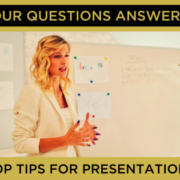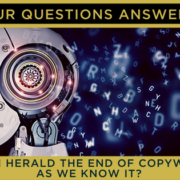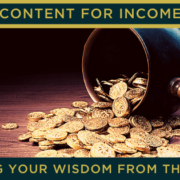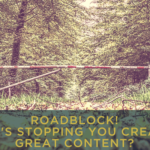Delving into content types – Part 2
Content is anything which adds value to the audience.
It is a great definition but ‘anything’ is such a vague description, and this is the second blog going into the different types of content and when you might want to use them.
In the last blog post we talked about written and visual content. In this blog, we’re going to be exploring three others.
Audio content
This is great for travellers: almost everyone listens to music or podcasts on their daily commute. It can be anything from telephone calls to clients, voicemails left on their answering machine all the way through to podcasts and radio appearances.
It’s convenient for your audience and beneficial for you, for an hour or more a day, you could have their attention. Audio content allows your authentic voice to shine through, helping you foster a relationship with your audience in a more personal way.
A downside of producing audio content is that it require a some money to get started. While great quality written content can be achieved with a smartphone and free blogging software, audio content will require a decent quality microphone and paid web hosting.
There is some technical knowledge needed, if you want to publish podcasts. They need to be edited and it is best to have associated images so they show up well on social media.
Video content
This is an immensely popular medium, and it leads to significantly better sales for companies that employ it effectively. Video content can take a huge number of forms, from Youtube Vlogs (video blogs) to social media live streaming, to video adverts. I’d recommend viewing existing a range video content before deciding on what will work best for you (my Facebook Live broadcasts are a good place to start).
Much like audio content, video shows who you really are and allows you to connect to your audience; as the saying goes- people buy people.
On the downside it can also take some investment on your part to get off the ground. That said a decent smartphone can be enough but you need a bit of know-how to get the lighting and sound right.
Also, while it can help sales to really put yourself out there through vlogs or Live broadcasts, it can be nerve-wracking. Apparently public speaking is more feared than death – so it takes a bit of courage to put yourself out there.
Interaction
This is the content type you probably do almost every day and which you may never even consider: the face-to-face connection. For example, you may go networking, give presentations or attend meetings. If you meet up with a potential client over a coffee in order to explain your mission statement, you’re proving content, maybe without realising it. But face-to-face you can really add value to your audience, so it counts in my book.
As you meet people in the real world, you can tailor your content to them and enter into dialogue to allow you to learn more about your target market. This means your audience gets a more specific insight into your skills as well as informing you of what people are looking for when making future content. Plus you are building a relationship and learning about your customer just as they are learning about you.
Interaction is not without its disadvantages of course. It takes more time than any other content to set up, especially when you factor in travel time and follow-up meetings.
Plus it can also be more nerve-wracking to deliver and receive than other types of content.
Don’t forget hybrid content.
Those are the five main categories of content, but remember you can also include hybrids. A good interactive presentation will almost always include visuals as an aid for the audience and an audio recording of a video can become a podcast.
In short, content can be re-purposed, reworked and reused for a different audience. No good idea can only be used once, after all!












Leave a Reply
Want to join the discussion?Feel free to contribute!